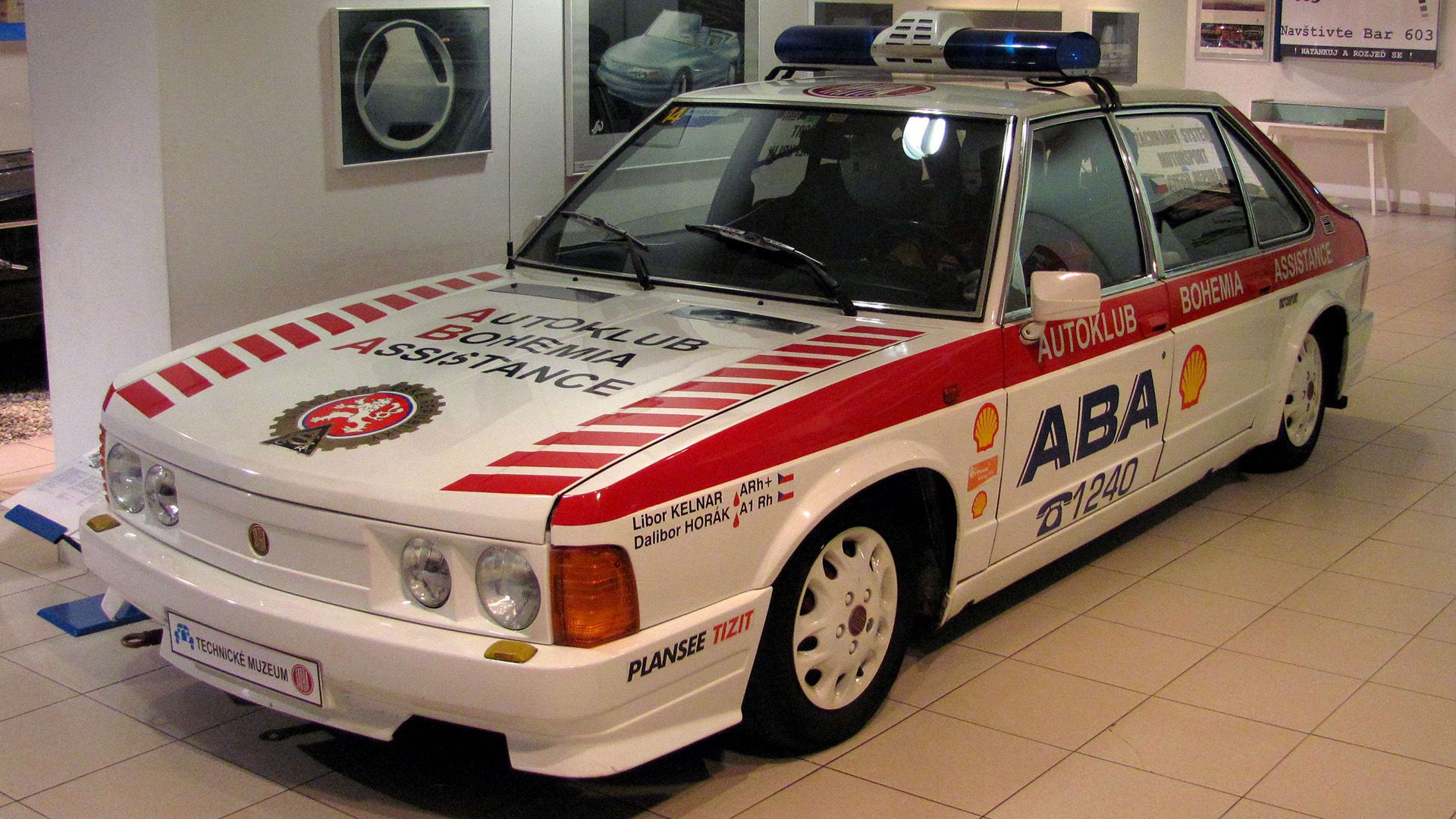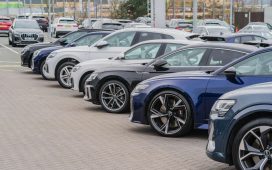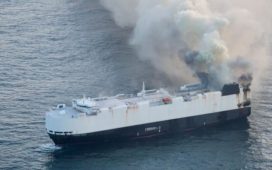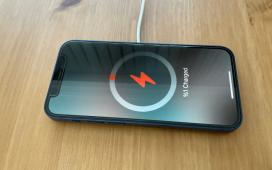The Formula One safety car has had a chequered history, dating back to 1973, when a taxi cab-yellow Porsche 914, with a massive flag attached to its trunk, lined up at the Austrian Grand Prix as the first-ever safety car. The aim? In the days before GPS tracking and tags and live timing systems, keeping track of the cars’ correct track positions was a great challenge. The Porsche 914’s intervention was supposed to solve this issue. Not surprisingly, it didn’t get the job done, as the matter was far more complex than two people in a yellow Porsche could solve.
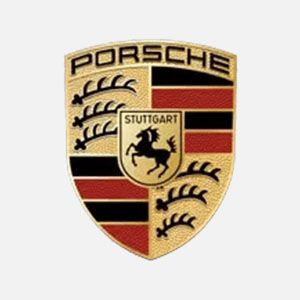
- Founded
-
1948
- Founder
-
Ferdinand Porsche
- Headquarters
-
Stuttgart, Germany
- Owned By
-
Volkswagen
- Current CEO
-
Oliver Blume
Since 1973, the safety car has evolved a lot. We’ve had some amazing cars, we had some horrible ones, and we even had ones that were only on the track as part of a publicity stunt. This is the story of 10 of some of the craziest Formula One safety cars.
Mercedes-Benz has supplied the official Formula One safety car since 1996. In the years before that, though, it was a bit of a free-for-all situation, with some rather dubious decisions by the governing body leading to situations that could have been avoided. These are 10 of the craziest safety cars to end up on the same track as F1 cars.
10
Porsche 914
Power: 95 Horsepower
|
Engine |
2.0-liter flat-4 |
|---|---|
|
Horsepower |
95 hp |
|
Torque |
116 lb-ft |
|
0-60 |
10.5 seconds |
The Porsche 914 is credited as being the first-ever Formula One pace car, or safety car, as it later became known. It all started in 1973 at the Austrian Grand Prix, when organizers decided to include a pace car to ensure the correct running order was maintained during yellow flag conditions. The theory was sound, of course. But in 1973, there were no fancy electronic and GPS-based data acquisition systems to pinpoint where each car is at any specific time, or in what order they are racing. So when rain intervened, and some cars went straight into the pits to change tires, and others remained on track, much confusion reigned… even when the 914 was at the front of the field, ostensibly sorting out the chaos. It turned out to be a controversial start for the safety car, but it was a start.
9
Lamborghini Countach
Power: 375 Horsepower
|
Engine |
4.0-liter V12 |
|---|---|
|
Horsepower |
375 hp |
|
Torque |
266 lb-ft |
|
0-60 |
5.7 seconds (estimated) |
Ah, Monaco. The land of the rich and famous, and a world of opulence and extravagance. The perfect space for the Lamborghini Countach. From 1981 to 1983, the Countach, the poster car for millions of teenagers around the world, served as the Monaco Grand Prix safety car, kitted out with emergency lights and all. The mid-mounted V12 engine revved to 8,000 rpm and provided a glorious soundtrack on the legendary Monaco street circuit, the sound bouncing off the buildings. The 4.0-liter engine had six Weber twin-body carburetors, and it made 375 hp. It was a glorious car, for a glorious race.
8
Tatra T-623 R
Power: 302 Horsepower
|
Engine |
3.8-liter V8 |
|---|---|
|
Horsepower |
302 hp |
|
Torque |
230 lb-ft |
|
0-60 |
5.5 seconds (estimated) |
The 1986 Hungarian Grand Prix is one that will be remembered for a while, with the safety car playing a vital role in those memories. In 1986, Formula One cars were powered by turbocharged engines that produced up to 1,200 hp in qualifying specification. Clearly, the organizers required a special performance car to act as a safety car. Enter the Czech-made Tatra T-623, a car specially built for motorsport events, and as a rapid medical emergency vehicle. The T-623 is powered by a 3.5-liter V8, but was still not considered fast enough.
So Tatra specially created six T-623 R models for the Grand Prix, with a 3.8-liter version of the V8 producing more than 300 hp. It certainly was fast enough, and served for many years on the circuit. In 1995, a medical Tatra R was involved in a controversial incident when it hit F1 driver Taki Inoue, next to the circuit, in a bizarre incident. Inoue was not seriously injured, but would go on to earn the (unofficial) title of ‘the worst F1 driver of all time’.
7
Porsche 911 Turbo
Power: 256 Horsepower
|
Engine |
3.0-liter turbocharged flat-6 |
|---|---|
|
Horsepower |
256 hp |
|
Torque |
253 lb-ft |
|
0-60 |
5.4 seconds (estimated) |
The Porsche 911 Turbo, a performance car that redefined the performance car in 1976 with its turbocharged 3.0-liter flat-six engine, served as the 1976 Monaco Grand Prix safety car. This followed three years after the first F1 safety car, the Porsche 914, was used at the Austrian Grand Prix. That first effort ended up in controversy, as the safety car did not achieve its goal of making sense of the running order (which was, admittedly, a nigh-impossible assignment to begin with). In 1976, F1 had another go at the safety car, and this time the 256-hp 911 Turbo wowed the Monaco crowds. The race only had a few small incidents, and the Turbo was never called into action on the track during the race.
6
Fiat Tempra 2.0 16V
Power: 145 Horsepower
|
Engine |
2.0-liter Inline-4 |
|---|---|
|
Horsepower |
145 hp |
|
Torque |
137 lb-ft |
|
0-60 |
8 seconds (estimated) |
The Fiat Tempra 2.0-liter 16-valve served as the safety car in the 1993 Brazilian Grand Prix. The Fiat sedan was made in Brazil, and since Fiat owned Ferrari, it seemed like a bit of a plan. But the Tempra 2.0 16V only has 145 hp of power, which was not nearly enough to keep the pack of 800-hp Formula One cars running behind it operating at a slower but reasonable pace. The incident-filled race saw the little Fiat lead the F1 field in wet conditions, running as hard as it would ever go. The race was eventually won by local legend Ayrton Senna, making it a big day for Brazilian national pride.
5
Honda Prelude VTEC
Power: 190 Horsepower
|
Engine |
2.2-liter VTEC Inline-4 |
|---|---|
|
Horsepower |
190 hp |
|
Torque |
158 lb-ft |
|
0-60 |
4 seconds |
Honda first dabbled in the safety car business when it used a 1992 Honda Prelude as what was then known as a pace car, in its home race, the Japanese Grand Prix. In 1994, it upped the ante with the latest Prelude 2.2 VTEC, serving as safety car for the Formula One race at the Suzuka circuit. Even though Honda’s VTEC (Variable Valve Timing and Lift Electronic Control) technology was ground-breaking at the time, and hiked the 2.2-liter four-cylinder engine’s power to 190 hp, it was obviously no match for a Formula One car with around 800 hp. As it turned out, the race was heavily affected by rain, with the safety car called into action in the monsoon-like conditions. At least, at much reduced speeds, the Prelude could stay ahead of the pack. The race was eventually restarted, and finished with Damon Hill (Williams) taking the victory.
How much faster was a 1992 Formula One car than a 1992 Honda Prelude? This much:
4
Lamborghini Diablo SV
Power: 503 Horsepower
|
Engine |
5.7-liter V12 |
|---|---|
|
Horsepower |
503 hp |
|
Torque |
428 lb-ft |
|
0-60 |
5 seconds (estimated) |
In 1995, the Lamborghini Diablo was the safety car for the Canadian Grand Prix. In the slightly mad days before the FIA entered into the safety car contract with Mercedes-Benz, the safety car was often selected because it was available in the territory the F1 race took place in. This was apparently how the 503-hp Diablo landed on the F1 grid – Formula One needed a safety car, someone had a Diablo lying around, and the rest is history. It sure is one of the coolest safety cars of all time, and with a 5.7-liter V12 pushing 503 hp, mounted behind the driver and passenger, the Lamborghini sure had the speed to get the job done.
3
Opel Vectra GT 4WD
Power: 201 Horsepower
|
Engine |
2.0-liter turbocharged, inline-4 |
|---|---|
|
Horsepower |
201 hp |
|
Torque |
207 lb-ft |
|
0-60 |
8 seconds (estimated) |
The 1994 Opel Vectra GT 4WD may be the most controversial Formula One safety car of all time. The Opel lined up as the safety car for the 1994 San Marino Grand Prix, to be driven by Italian racing starMax Angelelli. After a concerned Angelelli took the Vectra out on the circuit for some practice laps, he noted to race organizers that the Opel was simply not fast enough, nor would the brakes cope. He apparently took it upon himself to source a more suitable safety car, and found that in a Porsche from a team that also raced that weekend. However, race organizers would have none of it.In the race, an early crash saw the Opel deployed as a safety car. Angelelli later recalled his horror as he tried to push the Opel as hard as he could be ahead of the F1 pack, but it was simply not up to the task, the brakes overheating. Ayrton Senna, running directly behind the Opel, apparently came alongside the Opel on several occasions, angrily indicating for it to go faster. The tires on his Williams F1 car were losing pressure and heat at that pace. Finally, the track was clear, the safety car, its brakes almost on fire, pulled into the pits. One lap later, Senna crashed out of the race. It was a significant moment for the safety car, and the Opel was never used again.
2
Ford Escort RS Cosworth
Power: 227 Horsepower
|
Engine |
2.0-liter turbocharged Inline-4 |
|---|---|
|
Horsepower |
227 hp |
|
Torque |
224 lb-ft |
|
0-60 |
6.3 seconds (estimated) |
In the early Nineties, the Ford Escort RS Cosworth was used in trail tests to check the feasibility of a safety car in Formula One. It sure had the right credentials. With 227 hp generated by the 2.0-liter four-cylinder Cosworth-derived engine, it could do 0-60 mph in just over six seconds, and reach more than 140 mph. It handled really well too. Although the concept of the safety car now seems like an obvious one, the concept of bunching F1 cars together during an incident, decreasing speed, and increasing safety, was still unproven at the time. Although there had been some guest appearances of safety cars in the preceding years, it had been a novelty, instead of a real safety aspect. In 1992, the Escort RS was the safety car for two F1 events, as part of the official FIA test process. By 1993, it became the official safety car, as the safety car concept was included in all F1 races.
1
Renault Clio Williams S2
Power: 148 Horsepower
|
Engine |
2.0-liter Inline-4 |
|---|---|
|
Horsepower |
148 hp |
|
Torque |
126 lb-ft |
|
0-60 |
7 seconds (estimated) |
The Renault Clio Williams S2 proved to be a watershed moment for the Formula One safety car business. In 1996, Renault managed to get a Clio Williams on the grid as the official F1 safety car, as part of a publicity stunt. As cool as the modified Clio was, with a Clio Cup racing front sub-assembly, RenaultSport suspension and a wider track, along with a 1.8-liter four-pot engine used in the Clio 16S, increased by the use of some Renault diesel engine parts to a 2.0-liter unit with 145 hp, the car had to lead a pack of Formula One cars making up to 750 hp at a decent pace.
It was a bridge too far for the little French hatch. Following this Grand Prix, the FIA entered an agreement with Mercedes-Benz to supply more suitable safety cars. It is a relationship that continues to this day, with Aston Martin also joining the party in 2021.
Here is a video of the Renault Clio Williams in action:
Sources: Motorsport, Motorsport Magazine, Ford, Renault, Porsche, Mercedes-Benz, Lamborghini, Honda, Fiat, Tatra Club.

